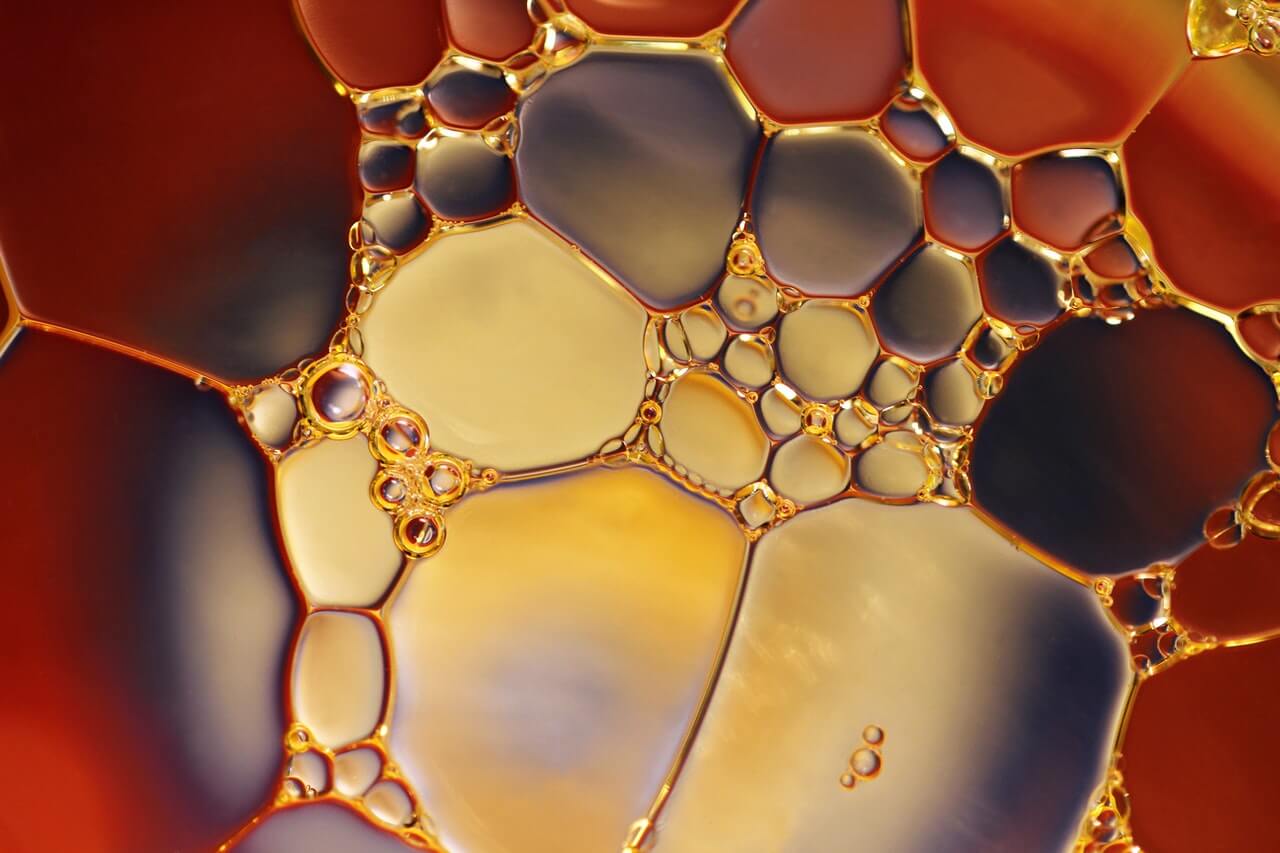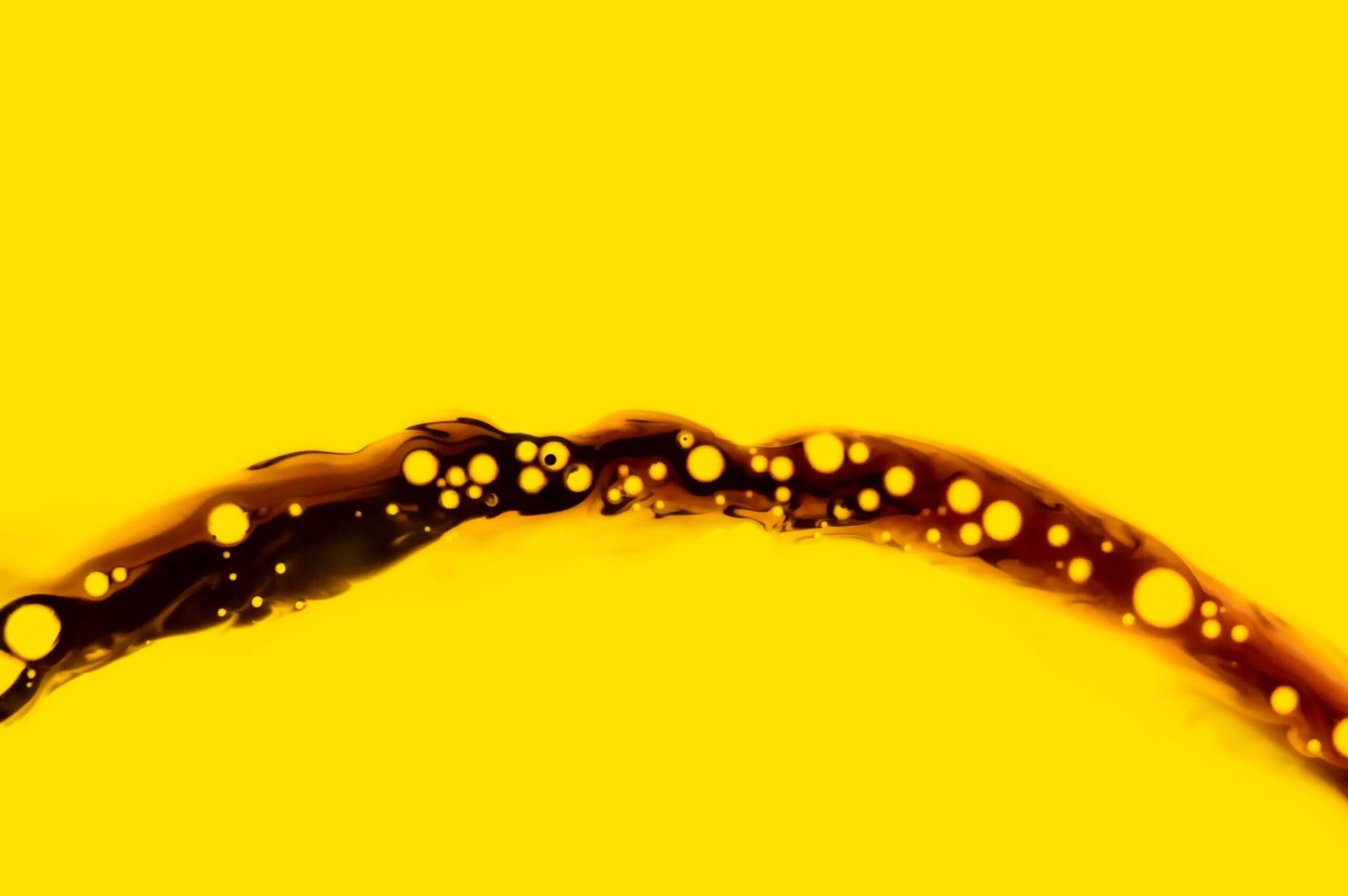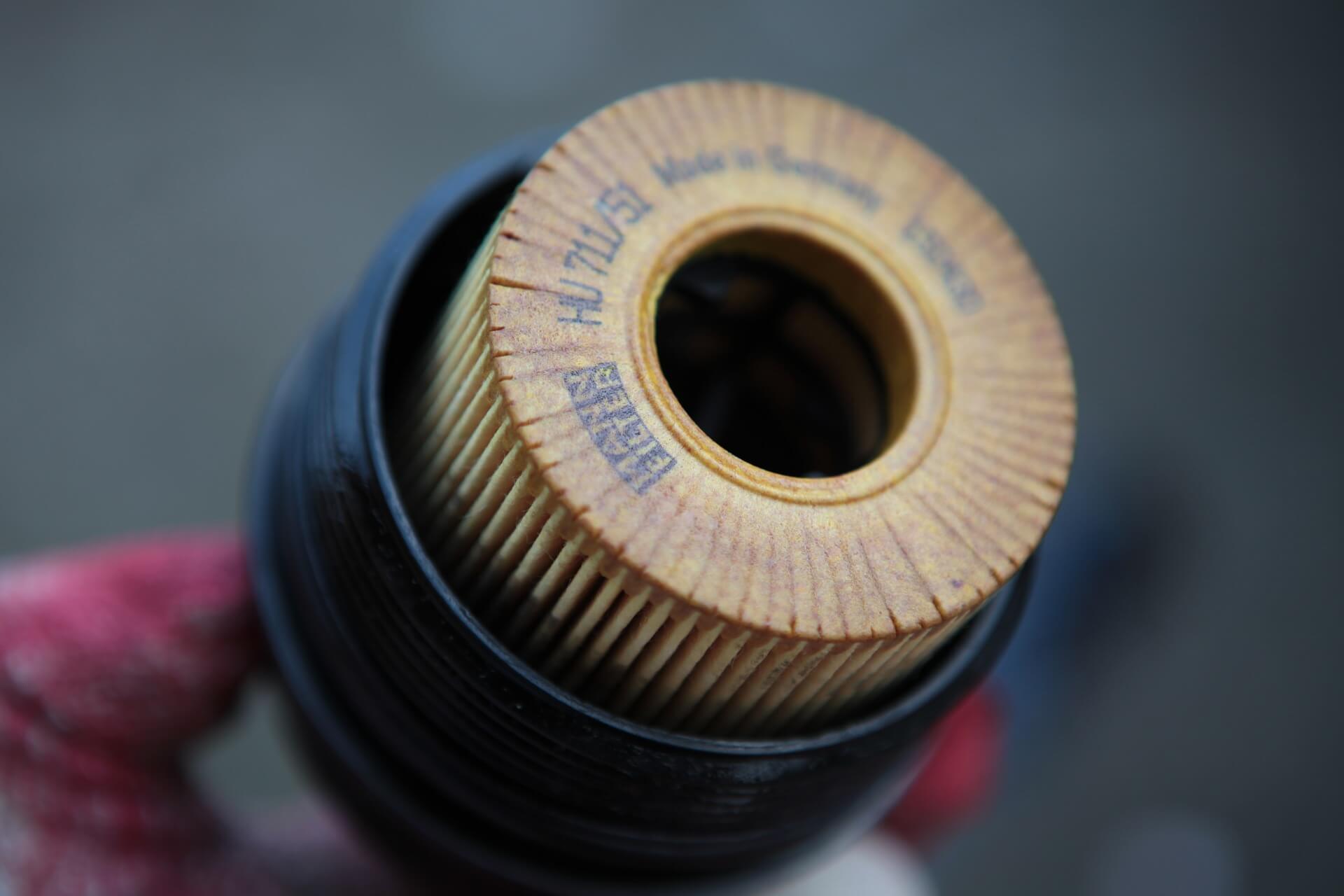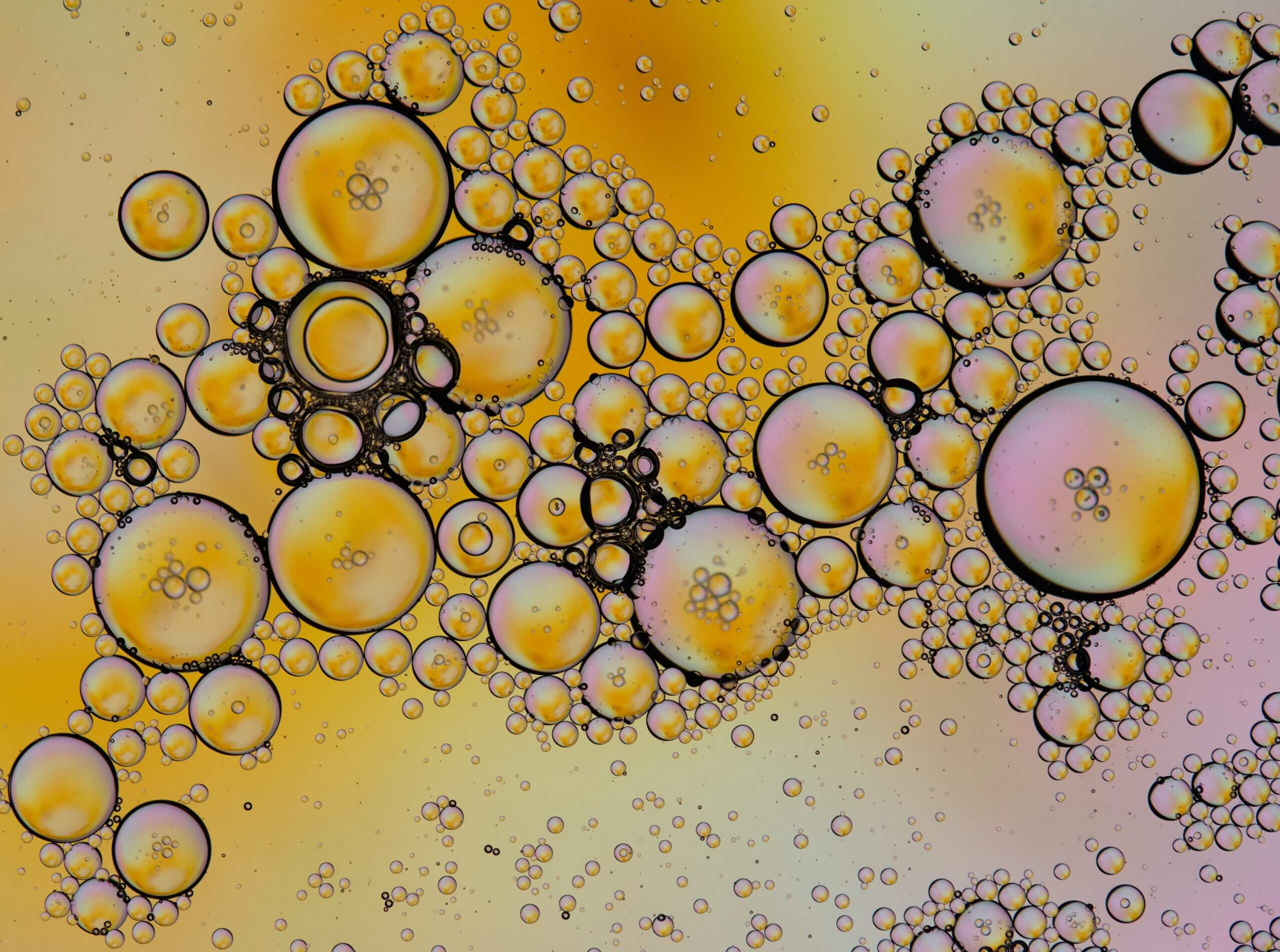
Oily rag disposal
The most common type of spontaneous combustion fires are those caused by improperly disposed of oil and stain soaked rags. Examples of these products are oil-based paints and stains, teak and linseed oils, varnishes and polyurethane, paint thinners and similar. Spontaneous combustion of oily rags occurs when rag or cloth is slowly heated to its ignition point through oxidation. A substance will begin to release heat as it oxidises.
If this heat has no way to escape, like in a pile, the temperature will raise to a level high enough to ignite the oil and ignite the rag or cloth. The fire from this can spread quickly to other combustibles and cause great damage to your home or property.
Prevention of spontaneous combustion fires begins with good housekeeping – and ends with Wanless Waste Management. Oily rags should be stored in empty metal containers with water and sealed with a tight metal lid and to prevent oxidation which can lead to combustion.
Wanless’s experienced team can safely collect, transport, decontaminate and dispose of contaminated rags and absorbents. Contained and packaged rags and absorbents are loaded onto our specialised waste fleet for transport to a treatment facility, where they go through a rigorous testing process to identify contaminates, and thus be treated appropriately.
Waste oil management

We’re more than waste management
A staggering 9 million tonnes of plastic ends up in the world’s oceans each year, and land-based waste is the greatest polluter. This ocean debris affects about 700 marine species, some of which are now endangered.
To help turn the tide on plastic pollution, Wanless eco(logical) is investing in Australia’s oceans.

Waste management doesn’t have to be a burden to your business.
Create real transformation with a Wanless refuse, reduce, reuse, recycle waste management plan
CONTACT US TODAYStay up to date with our latest news and events







